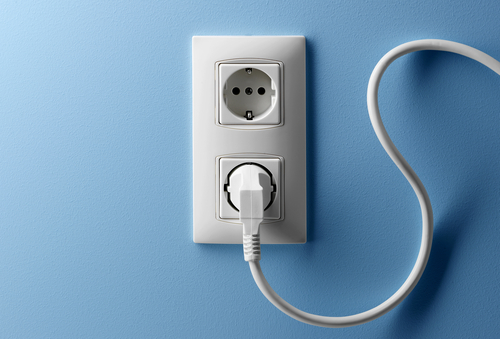
Image Source: Google
Electricity has become an indispensable part of our daily lives, powering our homes, businesses, and industries. Central to the distribution of electrical power are the plugs and sockets that deliver electricity to our devices. The design and functionality of these essential components have evolved significantly over time, from the early days of Thomas Edison to the era of smart homes. Let's take a journey through the history of the best AC power plugs and sockets to appreciate how far we have come.
The Early Days: Thomas Edison and the Birth of Electrical Power
At the dawn of the electrical age in the late 19th century, Thomas Edison played a pivotal role in the development of the electric power system. In 1879, Edison invented the first commercially practical incandescent light bulb, revolutionizing the way we illuminate our homes.
Key Points:
- Thomas Edison is credited with inventing the first commercially viable incandescent light bulb.
- Early electrical systems used direct current (DC) for power distribution.
- Edison's push for DC power faced opposition from Nikola Tesla and George Westinghouse, who advocated for alternating current (AC).
The Battle of Currents: AC vs. DC
One of the most significant debates in the history of electricity was the battle between alternating current (AC) and direct current (DC) for power distribution. While Edison championed DC power, Nikola Tesla and George Westinghouse promoted the use of AC. AC's ability to be easily transformed to higher or lower voltages for efficient long-distance power transmission eventually won the war of currents.
Key Points:
- Nikola Tesla's inventions, including the induction motor and transformer, were instrumental in promoting AC power.
- The invention of the AC power plug and socket enabled the safe and efficient connection of electrical devices to power sources.
- The standardization of AC power systems paved the way for the modern electrical grid.
Standardization and Safety Improvements
As electricity became more widespread, the need for standardized plugs and sockets became apparent to ensure compatibility and safety. Various countries developed their own plug designs, leading to a fragmented market with a lack of universal standards. This diversity in plug types posed challenges for travelers and international trade.
Key Points:
- The International Electrotechnical Commission (IEC) played a key role in developing global standards for plugs and sockets.
- The IEC 60906-1 standard introduced a universal plug and socket system to promote worldwide compatibility.
- Safety features such as grounding pins and shutters were incorporated into plug designs to prevent electrical shocks and fires.
Technological Advancements and the Rise of Smart Homes
In the 21st century, technological advancements have transformed our homes into smart, connected environments. Smart home devices rely on electricity to function, requiring innovative solutions for power delivery. The evolution of AC power plugs and sockets has kept pace with these changes, offering new features to meet the demands of modern homes.
Key Points:
- Smart plugs and sockets enable remote control and scheduling of electrical devices for energy efficiency and convenience.
- Wireless charging technologies eliminate the need for physical connections between devices and power sources.
- Integration of IoT (Internet of Things) capabilities allows for communication between devices and power outlets for automated functions.
Conclusion
The evolution of AC power plugs and sockets has been a remarkable journey from the days of Thomas Edison to the era of smart homes. As technology continues to advance, we can expect further innovations in power delivery systems that prioritize efficiency, safety, and sustainability. By understanding the history and trends shaping the design of electrical connections, we can appreciate the vital role that plugs and sockets play in our electrified world.
